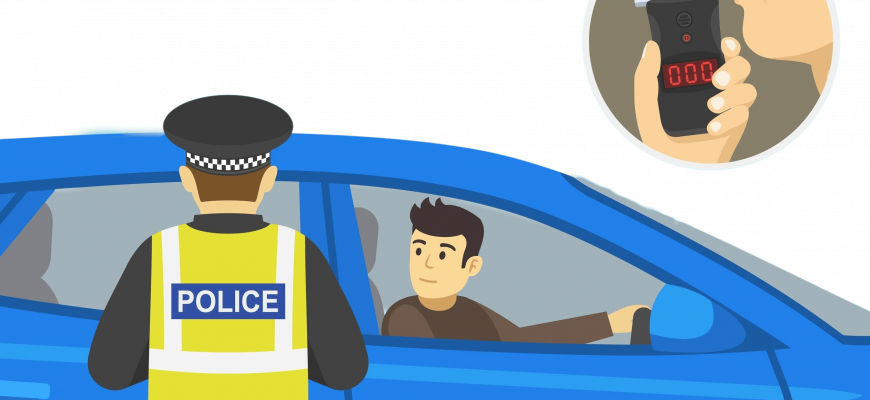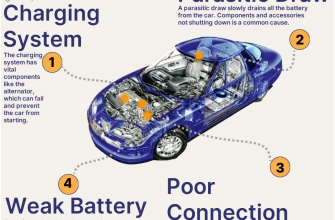The seemingly innocuous act of a police officer touching your tail light during a traffic stop has sparked considerable debate and speculation. While it might appear random, there are several reasons behind this practice, and conversely, reasons why you, as a driver, might prefer they didn’t.
Reasons Police Officers Touch Tail Lights
- Leaving Fingerprints: The primary reason cited by law enforcement is leaving fingerprints as evidence of the stop. In the event of a confrontation or if the driver flees, the officer has a physical record connecting them to the vehicle. This can be crucial for later identification and investigation.
- Alertness Check: The touch can serve as a quick assessment of the officer’s own alertness. By physically engaging with the vehicle, they become more aware of their surroundings and less likely to be caught off guard by a sudden threat.
- Observing the Vehicle: While touching the tail light, the officer might subtly assess the overall condition of the vehicle. They might notice dents, scratches, or other anomalies that could indicate a recent accident or other criminal activity.
- Psychological Effect: Some argue that the touch is a psychological tactic; The unexpected action can make the driver slightly uneasy, potentially making them more compliant and less likely to resist or attempt to flee.
- Recording Device Activation: In some cases, the touch might discreetly activate a body-worn camera or other recording device, ensuring that the entire interaction is documented.
Why You Might Say “Please Don’t”
While officers have their reasons, drivers might be uncomfortable with the practice:
- Privacy Concerns: Some view the touching of their vehicle as an invasion of privacy. They believe that unless there’s reasonable suspicion of a crime, the officer shouldn’t be physically interacting with their property.
- Damage Concerns: Although unlikely, there’s a slight concern about the officer accidentally scratching or damaging the vehicle’s paint, especially with rings or other objects on their hands.
- Unnecessary Escalation: The unexpected touch can be perceived as aggressive or intimidating, potentially escalating the tension during the traffic stop.
- Legal Ambiguity: The legality of the practice is somewhat ambiguous. While not explicitly illegal, some legal experts argue that it could be considered an unreasonable search if there’s no probable cause.
- Fear and Anxiety: For some individuals, particularly those with anxiety or past negative experiences with law enforcement, the touch can trigger feelings of fear and unease.
What to Do If You’re Uncomfortable
If you’re uncomfortable with an officer touching your tail light, you have the right to politely express your concern. It’s crucial to remain calm and respectful. You can say something like:
“Officer, with all due respect, would you mind not touching my vehicle? I’m a little uncomfortable with that.”
The officer may or may not comply with your request. However, by expressing your concern politely, you’re asserting your rights without escalating the situation.
The practice of police officers touching tail lights is a complex issue with valid arguments on both sides. Understanding the reasons behind the action, as well as your rights as a driver, can help you navigate traffic stops more confidently and safely.
Further Considerations and Best Practices
The tension surrounding this seemingly minor act highlights the broader complexities of interactions between law enforcement and the public. While officers may have legitimate reasons for touching a vehicle, prioritizing transparency and de-escalation is paramount.
For Law Enforcement:
- Clear Communication: Before touching the vehicle, a brief explanation can alleviate concerns. A simple, “I’m just going to touch the tail light to leave a fingerprint,” can go a long way in easing the driver’s anxiety.
- Context Matters: Consider the circumstances of the stop. In a high-risk situation, the practice might be justified. However, for routine stops, a more cautious approach might be warranted.
- Professionalism is Key: Maintaining a respectful and professional demeanor throughout the interaction is crucial. Avoid any actions that could be perceived as aggressive or intimidating.
- Training and Awareness: Law enforcement agencies should provide training on effective communication and de-escalation techniques, emphasizing the importance of understanding community concerns.
For Drivers:
- Remain Calm and Respectful: Even if you’re uncomfortable or disagree with the officer’s actions, maintaining a calm and respectful demeanor is essential.
- Know Your Rights: Familiarize yourself with your rights during a traffic stop. You have the right to remain silent, the right to refuse a search without probable cause, and the right to an attorney.
- Document the Interaction: If you feel the officer acted inappropriately, document the interaction as soon as possible; Note the officer’s badge number, the time and location of the stop, and any details of the incident.
- Seek Legal Advice: If you believe your rights were violated, consult with an attorney. They can advise you on the best course of action.
The Future of Traffic Stops
As technology advances, the landscape of traffic stops is likely to evolve. Body-worn cameras, dashboard cameras, and automated license plate readers are already changing the way police interact with the public. These technologies can provide greater transparency and accountability, potentially reducing the need for physical interactions like touching tail lights.
Ultimately, fostering trust and understanding between law enforcement and the communities they serve is crucial. Open communication, mutual respect, and a commitment to fairness are essential for ensuring that traffic stops are conducted safely and equitably.










This article explains the reasons clearly and concisely. The balance between the officer
The psychological effect aspect is interesting. It
The point about activating recording devices is something I hadn
I always wondered about this! The explanation about leaving fingerprints as evidence makes perfect sense. Great article!
Excellent article! I learned a lot about the reasons behind this common police practice. Highly recommend reading!
A well-written and informative piece. It
Fascinating insight into a seemingly random police practice! I never knew there were so many reasons behind touching the tail light. Very informative!